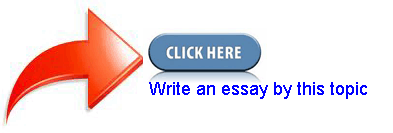The pie charts below show the percentage of housing owned and rented in the UK in 1991 and 2007.
The two pie charts give information about the figure for people who rented and owned houses in the UK between 2007 and 1991.
In general, it can be seen that the proportion of renting and buying houses had an upward trend from 1991 to 2007. Homeowners accounted for the highest number, while Britain used less social housing.
In 1991, the percentage of owner's houses was the highest, at over half of the total on the chart. And 10% of people bought houses more in 2007 than in 1991. Social rented homes, amounting to 23% or nearly one-third of homes, turned out to be the next largest sector. In contrast, it slightly decreased by 6% in 2007.
The percentage of houses privately rented made up 11% in 1991 and had the same patterns as in 2007. The number of social housing in 1991 tripled in 2007, at 6% and 2% respectively.
| Post date | Users | Rates | Link to Content |
|---|---|---|---|
| 2023-03-22 | giangngoc | view | |
| 2023-03-13 | giangngoc | 70 | view |
| 2021-11-28 | mnaufaln | 84 | view |
| 2021-08-19 | chungoclan2004 | view | |
| 2021-08-19 | chungoclan2004 | view |
- The majority of news being reported is bad news such as wars famines accidents and crime Why do you think that is Do you think news should be a balance of both good and bad news 78
- The bar chart gives information about the food loss and waste at different stages of production in developed and developing countries 70
- The chart below shows the percentage of households in owned and rented accommodation in England and Wales between 1918 and 2011 84
- Nowadays parents put too much pressure on their children to succeed What is the reason for doing this Is it a negative or positive development 89
- International tourism has brought enormous benefit to many places At the same time there is concern about its impact on local inhabitants and the environment Do the disadvantages of international tourism outweigh the advantages 67
